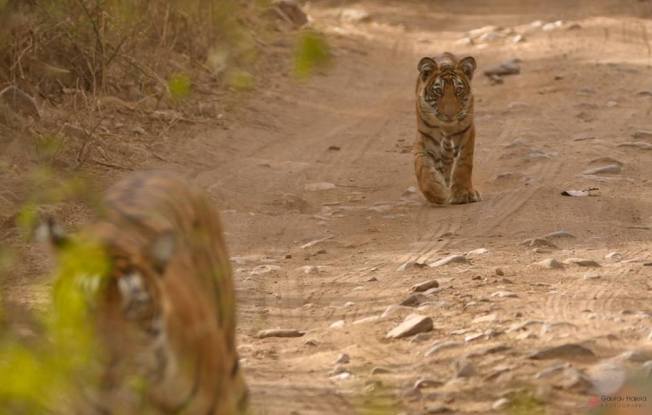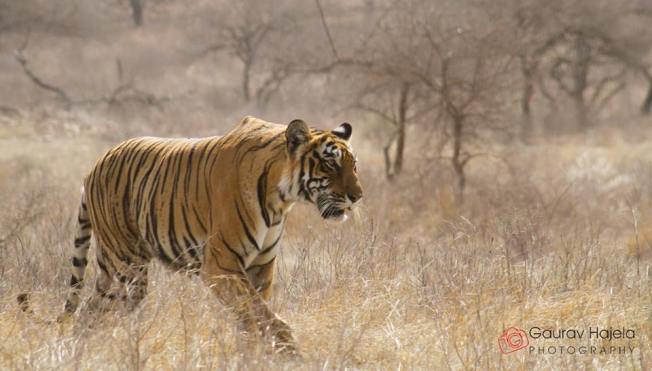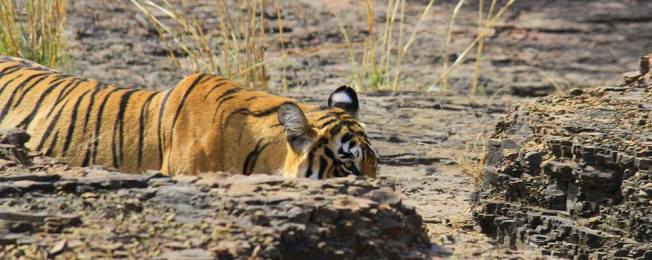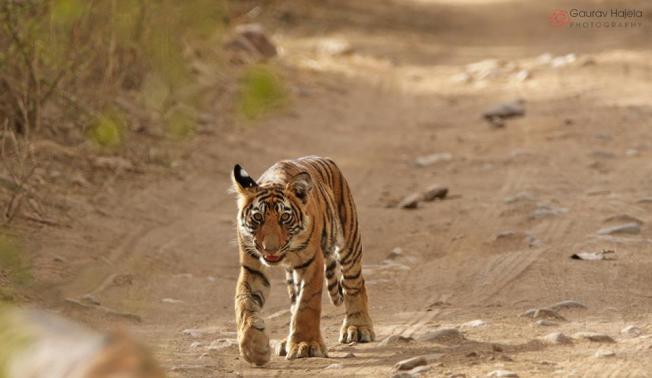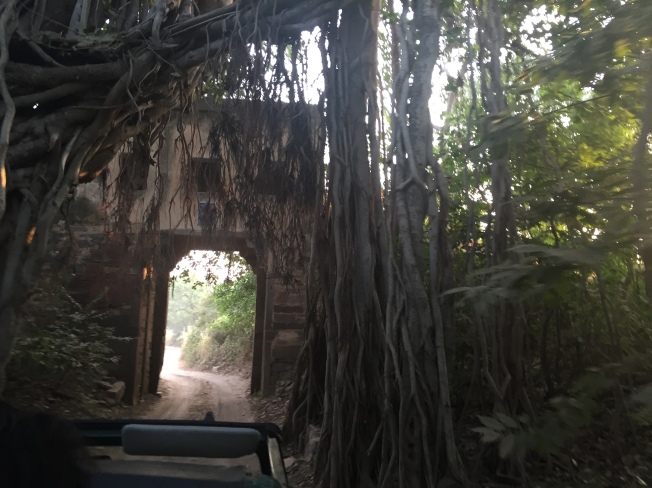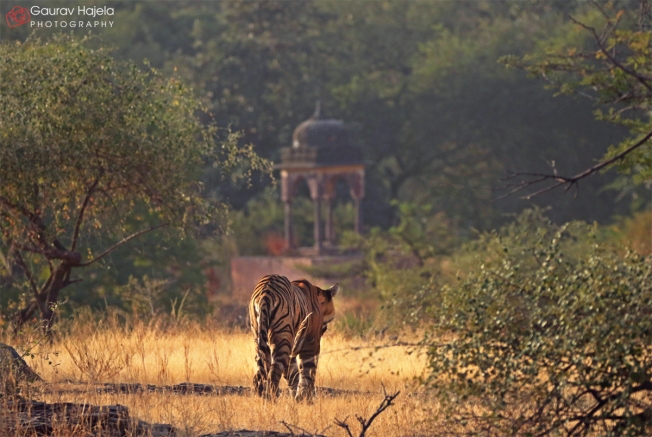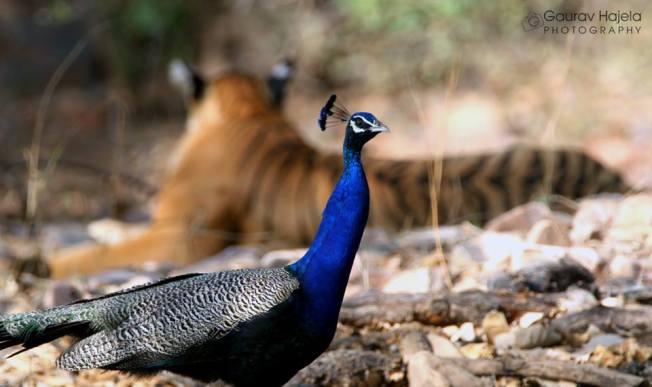Jaipur, the largest city of Rajasthan, the construction of which started in 1727 by HH Sawai Jai Singh, was built following the principles of Vastu Shastra and it took around 4 years to complete the construction of major palaces, roads and squares of the city. Jaipur is noted as India’s first planned city then and now is among the fastest emerging metropolis of the nation. The life in the Pink city in 18th-century that was full of Rajasthani flamboyance embraces modernity swiftly by 21st Century while retaining its centuries old charm.
The Pink City has undergone a sea change- its people, their pace of life, transportation, visibility of the gender ration on streets, how they dressed and their expressions but even today when you pass through the buzzing lanes of the capital city you’d recognize that you are walking through more than 3 hundred years of living heritage. The city gates, havelis, courtyards, palaces and monuments have been witness to the changing phase of lifestyle in Jaipur keeping intact its ambiance.
Owing to the great urban planning in past, the modern development has never affected the true grandeur of Jaipur. The City with its new infrastructure and global exposure is undoubtedly the most beautifully evolved ancient city of the country. Today, Jaipur proudly retains its pink hues; the built heritage standing tall and firm alongside the splendor of modern infra with equaled wider lanes together weave a marvelous picture of three hundred centuries living in harmony!
Jaipur’s historic erections during the times of yesteryears when compared with its today’s look make a fascinating story- on one glimpse it is what it was centuries back and on other one can comprehend with its Oh So New Look 
Jaipur Beat brings to you the fascinating story of Jaipur Now-and Then through the historic and modern photographs of Jaipur –
- Galta Gate, Jaipur
It is the only gate to enter the walled city of Jaipur.The view of Jaipur City developed around Galta Gate is ravishing, while back then there was very few construction and long range of barren land.
2. Hawa Mahal, Jaipur
Built in 17th Century and perched in the middle of the walled city, Hawa Mahal is also known as the Palace Of Winds. Its walls of pink color give a hint of the Pink City. It was constructed especially for the royal women to be a part of the festivities, as they were secluded from the society by ‘parda’ system. Having its own history, today gives it a worldwide recognition.
3. Tripoliya Gate, Jaipur
Once the point of entrance and arrival of Royal Families from City Palace, Tripoliya is a famous land mark in Jaipur. One thing that hasn’t changed since then is the procession of Gangaur and Teej from this restored Gate of Jaipur. Now, this gate is open to use exclusively for royals living inside City Palace and closed for the common man.
4. Johri Bazaar, Jaipur
Johari Bazaar is the popular shopping arena of Jaipur dedicated to the market of gems and jewellery. As the name suggests, Johari Bazaar attracts jewellers and buyers of precious semi-precious gems and metals from across the world.
5. Govind Dev Ji Temple, Jaipur
Govind Dev ji is one of the prominent temples of Rajasthan. Since decades it is visited by thousands of devouts annually. Dedicated to Lord Krishna, the temple is well preserved by the royal family of Jaipur.
6. City Palace
City Palace is located in the heart of the old city of Jaipur. It is where the Kachwaha Rajput clan ruled from. Built in the 18th Century, the Palace houses many gardens, splendid courtyards and a Museum displaying many artefacts from the bygone era.
7. Badi Chaupar
Chaupar means a large square and Badi means Big. This is also known as Manak Chowk and located near to famous Hawa Mahal. This is one square that leads to many fascinating bazaars of Jaipur. The under process construction of metro station can be seen in this area.
8. Chandpole Gate
Adjacent to the famous Hanumanji temple with 25 feet high dome, Chand Pol is the Moon Gate . Along the East-West Axis of the City, it forms the Western Gate of the walled City. Spotting this gate means you have reached the western end of the walled city.
9. Badi chaupur-
Another view of Badi Chaupar where one can see how over the centuries mode of transportation changed from camels to auto, rickshaw, cars and buses and the change will continue as very soon it will be metro site as well.
10. Albert Hall
Albert Hall Museum is located in Ram Niwas Garden of Jaipur. The foundation stone of Albert Hall was laid during the visit of the Prince of Wales, Albert Edward to Jaipur in 1876 and completed in year’s time in 1877 by the architect Samuel Swinton Jacob, then Director of Jaipur PWD.It is a home to many beautiful paintings, sculptures and other distinct objects of historic significance. It is the oldest museum in the state and is quite popular for its Indo-Saracenic architecture.
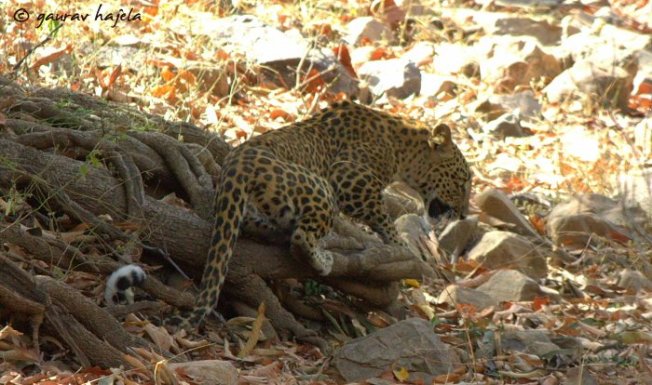
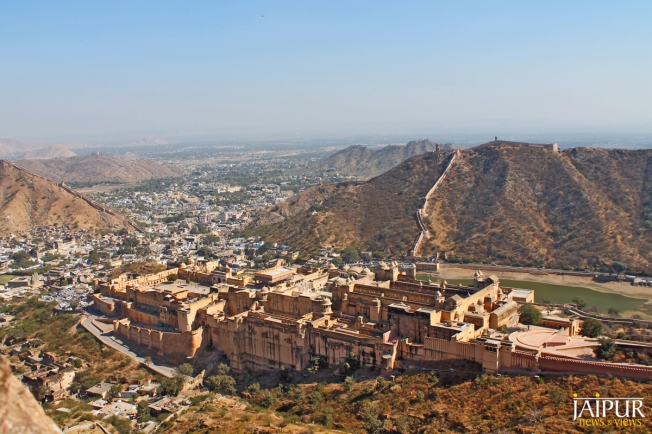
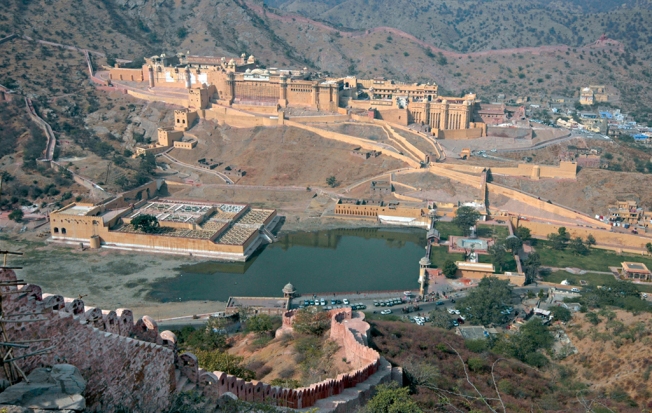

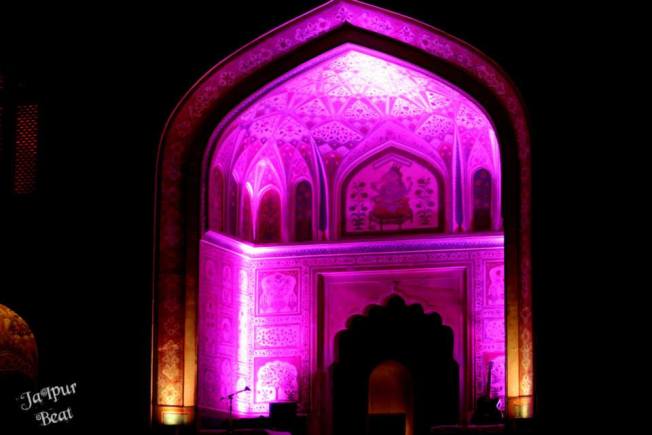









 Jaipur Rugs’ operations span across 20+ branches, 6 states and 600 villages in India with distribution to over 40 countries with its independent base of over 40,000 artisans. The company also has a large distribution base in Atlanta, United States.Stall of Jaipur Rugs at Arcasia, jaipur.
Jaipur Rugs’ operations span across 20+ branches, 6 states and 600 villages in India with distribution to over 40 countries with its independent base of over 40,000 artisans. The company also has a large distribution base in Atlanta, United States.Stall of Jaipur Rugs at Arcasia, jaipur.
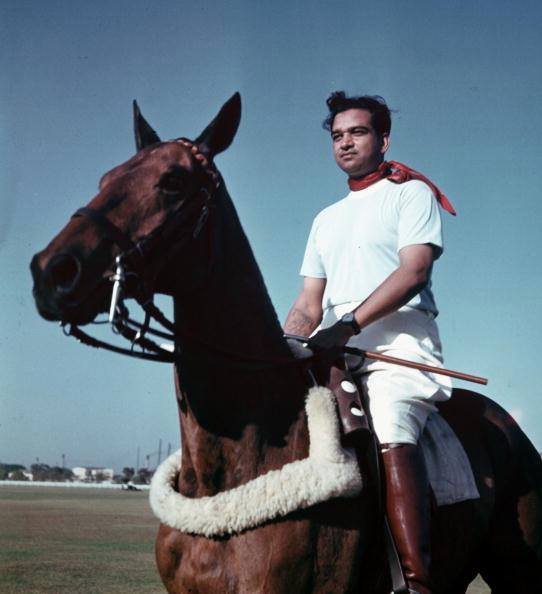


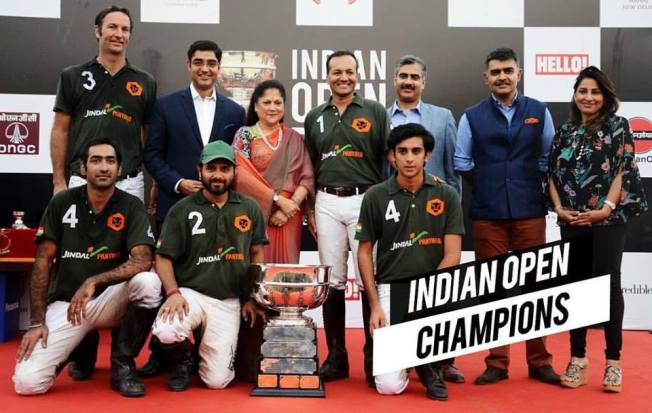






















 History of Jawahar Kala Kendra
History of Jawahar Kala Kendra JKK was built by Rajasthan Government with the plan prepared by the renowned architect Charles Correa in 1986. The building was ready in 1991 and of course, the plan was inspired by the original city plan of Jaipur, consisting of nine squares with central square left open.
JKK was built by Rajasthan Government with the plan prepared by the renowned architect Charles Correa in 1986. The building was ready in 1991 and of course, the plan was inspired by the original city plan of Jaipur, consisting of nine squares with central square left open.
 Built by Rajasthan government with the purpose of preserving Rajasthani arts and crafts, JKK adapts and applies concepts from ancient architectural principles called the Vastu Vidya.
Built by Rajasthan government with the purpose of preserving Rajasthani arts and crafts, JKK adapts and applies concepts from ancient architectural principles called the Vastu Vidya.
 Each section of the building resembles the characteristics of the respective planet; for instance, the library is located in the Jupiter section, which attributes to knowledge and wisdom.
Each section of the building resembles the characteristics of the respective planet; for instance, the library is located in the Jupiter section, which attributes to knowledge and wisdom.

 With the new lighting and the red sandstone could once again be seen shining clean and attractive enough to draw towards it a swarm of tourists, history lovers, local residents and art aficionados.
With the new lighting and the red sandstone could once again be seen shining clean and attractive enough to draw towards it a swarm of tourists, history lovers, local residents and art aficionados. Right from the entrance till the exit, every corner, center and even the smallest parts of Jawahar Kala Kendra either tell or make a story.
Right from the entrance till the exit, every corner, center and even the smallest parts of Jawahar Kala Kendra either tell or make a story.





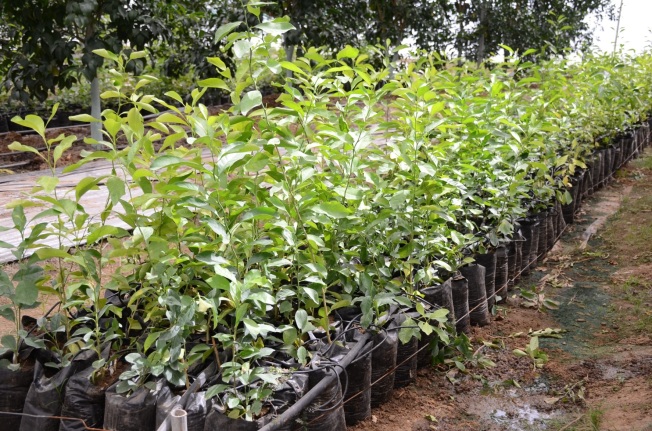
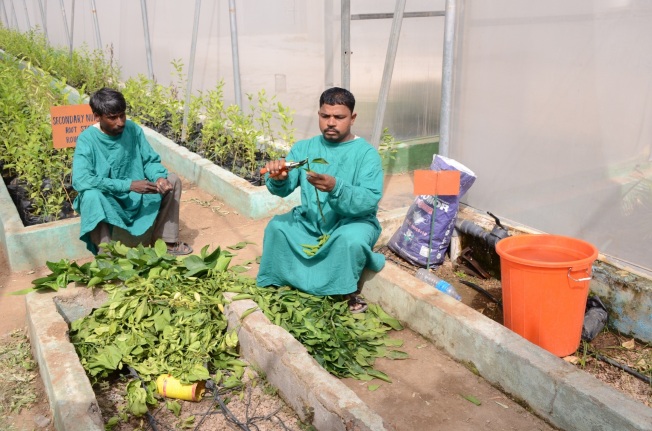
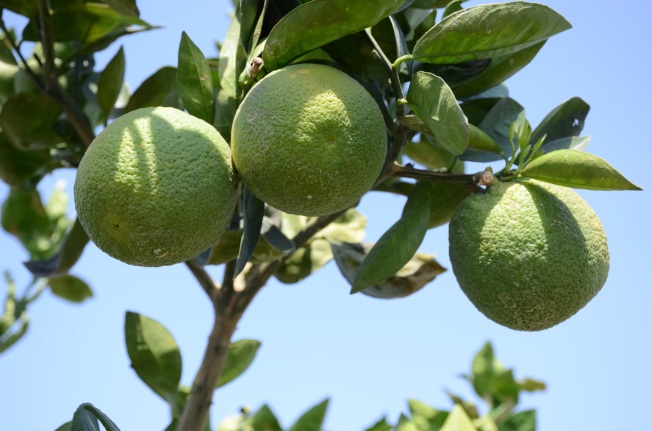
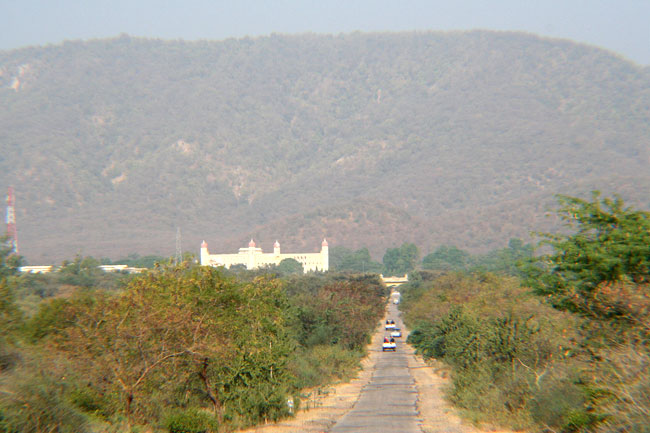

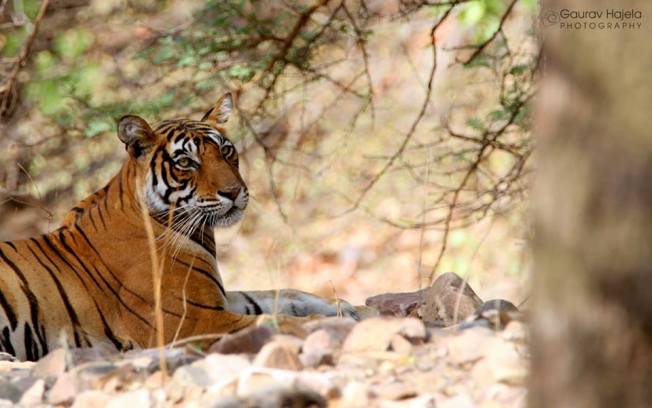 Summer season is here again in its full bloom and the first thing that hits our mind about summers is the sweltering heat. Well, for the wildlife freaks there isn’t any better time to get into the lush forest of Ranthambore National Park. It is located in the Sawai Madhopur district of southeastern Rajasthan, which is about 130 km from Jaipur.
Summer season is here again in its full bloom and the first thing that hits our mind about summers is the sweltering heat. Well, for the wildlife freaks there isn’t any better time to get into the lush forest of Ranthambore National Park. It is located in the Sawai Madhopur district of southeastern Rajasthan, which is about 130 km from Jaipur.